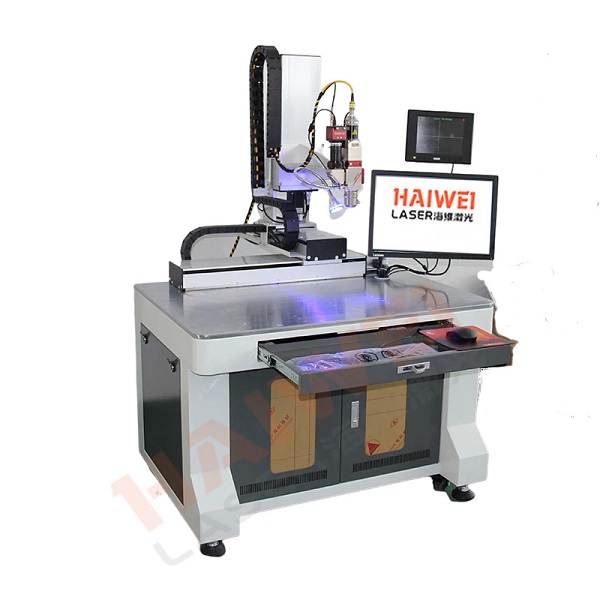How to Choose the Right Laser Welding Machine for Your Production Needs
Selecting a laser welding machine isn’t just about power or price—it’s about matching the system to your actual workflow. Many buyers focus on specs alone, only to find gaps in integration, maintenance, or part compatibility later. Here’s how to make a practical choice.

Understand Your Material and Joint Type
Start with what you’re welding: stainless steel enclosures? Aluminum battery trays? Copper busbars? Different materials respond to laser wavelengths and pulse profiles differently. For thin sheets (<1 mm) with tight tolerances, a pulsed fiber laser welding machine often delivers cleaner seams. For deep-penetration or high-speed continuous seams on thicker parts, a high-power continuous-wave system is more suitable.
Evaluate Part Geometry and Volume
If you’re running high-mix, low-volume production with complex 3D parts—like medical devices or automotive brackets—a laser welding robot offers flexibility. But if your parts are mostly flat or planar (e.g., electronics housings), a gantry-based laser welding machine may provide better repeatability and faster cycle times.
Consider Integration and Automation Level
Ask: Will this machine stand alone or connect to a conveyor, turntable, or MES? Ensure the laser welding machine supports standard industrial protocols (like PROFINET or EtherNet/IP) and has accessible I/O for safety interlocks. Also check if the software allows offline programming or parameter logging—critical for traceability in regulated industries.
Don’t Overlook Service and Support
A machine with global service coverage and modular design reduces downtime. Proprietary optics or closed-source controls might seem advanced but can complicate repairs. Choose a supplier with proven local support and clear documentation.
In short, define your material, geometry, volume, and automation goals first. Then match those to a laser welding machine that balances performance, reliability, and serviceability—not just peak specs.
Recent Posts
- What are the advantages of laser welding machines in lithium battery pack production lines?
- What issues should be noted when choosing a lithium battery pack production line?
- Quality Inspection and Control of Lithium Battery Module Pack Production Line
- Cell grouping and sorting process in lithium battery module pack production line
- What are the safety hazards of lithium battery pack production lines and how can they be prevented?
INQUIRY

